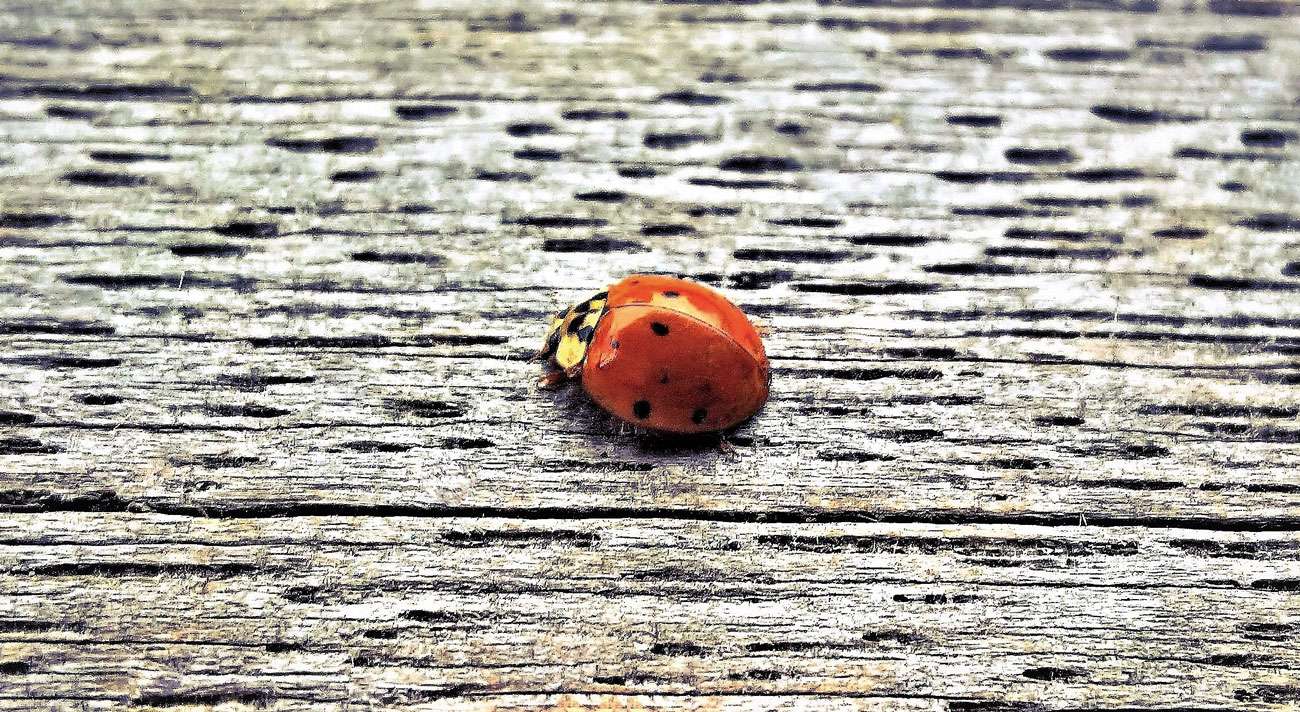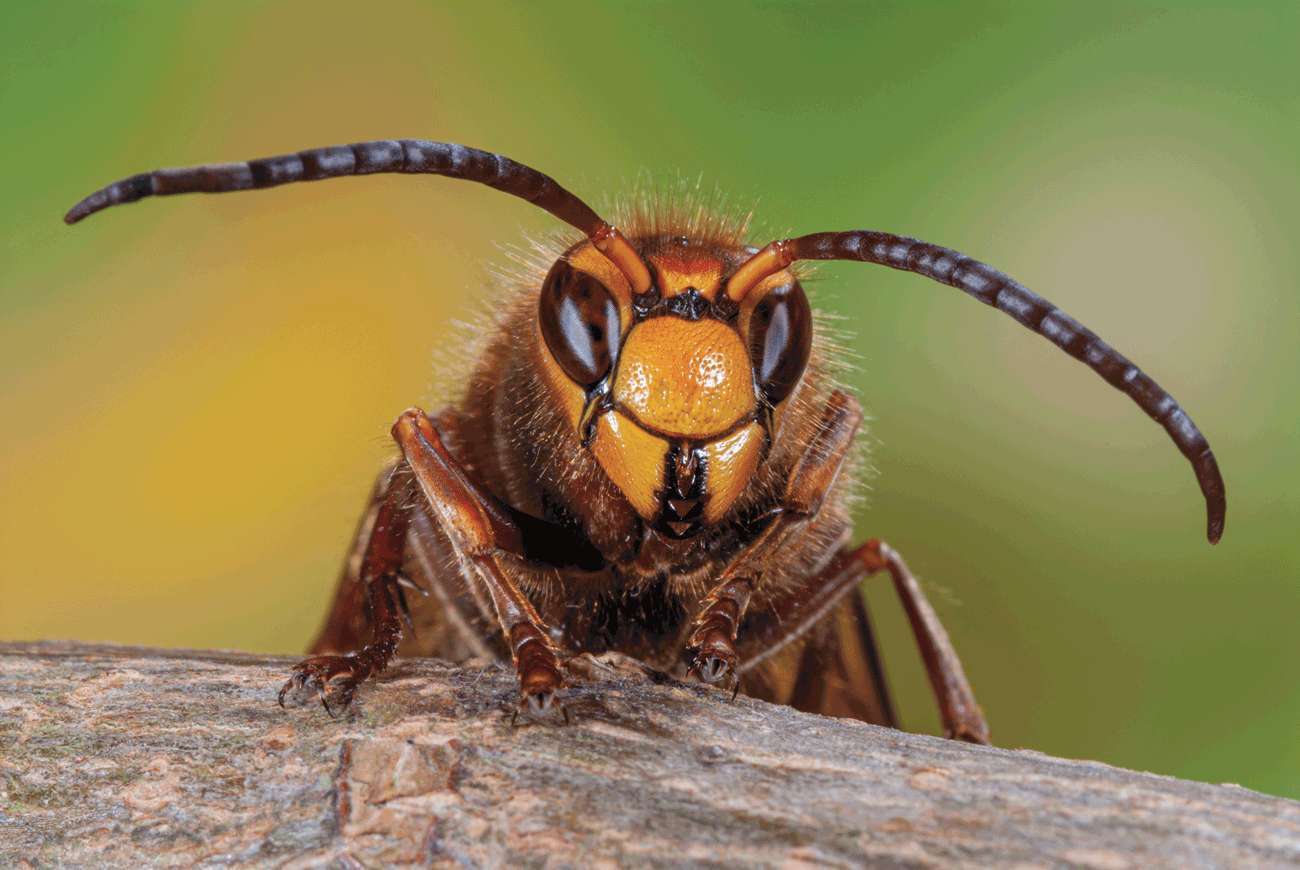
Spring is on the way. When I drew the curtains a couple of weeks ago, a groggy ladybird fell onto the windowsill. Although most ladybirds hibernate outside, I usually find 3 or 4 a year who have decided my curtains are a better bet.
Which made me think what a tricky strategy hibernation is. Come out too early, and the weather and lack of suitable food could finish the creature off. Come out too late and there will be fierce competition for resources. Ladybirds are, of course, beetles. They are one of the best known of all insects, and are popular with gardeners for the prodigious number of aphids they can eat. There are more kinds of beetles on earth than any other species. They belong to the Coleoptera family and are distinguished by hardened forewings called elytra which protect the delicate hindwings. Ladybirds have a special cartoonish charm – with the bright wing cases, and various numbers of dots. One of the collective nouns for ladybirds is a ‘loveliness’.
There is huge variety in the Coleopteras; Stag beetles, Devil’s coachman, Deathwatch beetle. Not all welcome – Dutch Elm beetle which caused such devastation to our trees, Colorado beetle which decimates potato crops or Larder beetle which lives mainly indoors sharing our food with us, as the name would suggest. There is even a beetle which only eats mildew. Their success lies in their adaptability.
It is very regrettable that in the name of agricultural efficiency, miles and miles of hedges were stripped out in the early 1980s. There is something particularly desolate about huge sugar beet fields; we lived in Norfolk at that time, so we know at first hand. For many Rachel Carson’s book Silent Spring was a wake-up call; but agri-business tends to win the argument. With the hedges and woodland gone, there was no home for the natural predators of crop pests.
Sugar beet is prone to mosaic fungus – spread by aphids. Monocultures are ultimately unsustainable – but in those days the suitability of drenching fields with pesticides was hardly questioned. Banning a particularly destructive pesticide often results in the rapid return of the pests, but unfortunately not their predators. As is the case with Thiamethoxam on sugar beet – it not only kills bees, but just about everything, including ladybirds which would help control the aphids. The sugar beet crop is now threatened, and powerful voices are calling for a resumption in the use of this pesticide.
It is heartening that there are now more discussions about farming methods – and environmental concerns are being taken increasingly seriously. We really can’t afford to get it all so wrong again.
What is a weed? The usual answer is a wild flower in the wrong place. No one, as far as I know has written a poem to praise vetch; perhaps it is because it rhymes with wretch? Its stealthy creep and humble flowers don’t lift the heart like poppies and cornflowers. One member of the vetch family – the hairy vetch is the plant known as ‘tares’ which Jesus uses in a parable in the Bible. Whilst the farmer slept, his enemy crept up and sowed tares amongst his good seed, ruining the harvest.
The Vetch family is related to the pea family – with twining tendrils and characteristic seedpods. It isn’t easy to distinguish which vetch is which – but there is a vigorous plant, likely to be Bush Vetch (Vicia sepium) growing throughout a neglected bench near Luck’s Green, on the Horsham Road. I noticed it in February already confidently reaching up and out – its pinky-purple flowers in tight bud. I might after all start a fan club, even though it has no medicinal or much nutritional value, its tenacity is awesome, for such a delicate looking plant.
With the better weather, work will start soon on Beryl Harvey Conservation Fields. We need volunteers. For further information: visit our conservation site in Cranleigh – or better, volunteer. Contact Philip Townsend at: for details.












